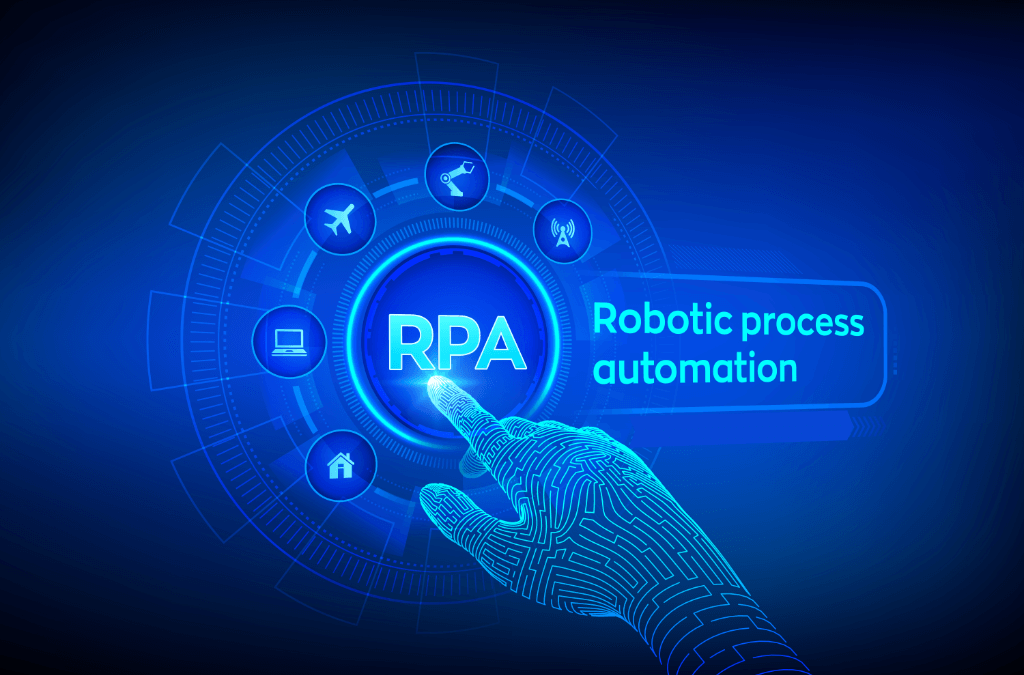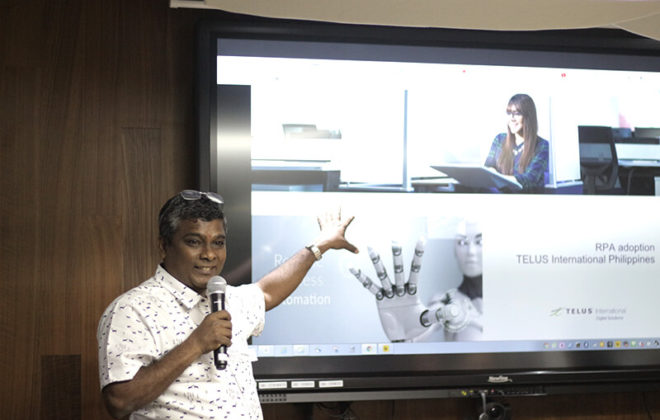Looking back on RPA in 2019
Robotic Process Automation drastically changed the way businesses grew over the past few years. So far, a lot of industries worldwide are seeing the advantage of adapting RPA in their platform.
With this software advancement, humans will no longer have to endure tasks that require very little thinking but need long hours of repeating tedious work. RPA is currently the most popular software that uses artificial intelligence (AI).
RPA Growth Over The Past Year
In Gartner’s study, RPA grew by 63% in 2018 worth $846 million. This year (2019) RPA grew significantly and remained as the fastest growing enterprise technology worth $1.3 billion.
Over the past 18 months, the interest for RPA has grown to more than 10 times, with over 27,000 monthly Google searches. RPA vendors are also growing in number and popularity. Each vendor has different offers and solutions for various industries and needs.
RPA vendors are facing huge demand and support for their services. Businesses are using the software for both front-end and back-end operations. Companies who decided to invest in RPA are beginning to see the advantages of having automated software running simple tasks.
One of the leading providers of contact center, back-office, and real-time analytics market research and consulting services is DMG Consulting LLC. Their recent RPA Product and Market report highlighted the relevance of using RPA in enterprises. They reported an expected RPA revenue to increase by 125% by 2020 and 2021.
RPA helps improve production, lessens risk, reduces costs, and improves operational efficiency. The robots work alongside humans to oversee internal processes and improve overall quality of work. Humans should not feel threatened with the automated robots taking in their roles because more promising jobs are opened that robots cannot overtake.
Prediction for the Future of RPA in 2020
Since RPA is a relatively new IT sector, vendors are still experiencing birthing pains. They continue to improve their offerings and services by investing in solutions and improvement in the AI technologies.
The current trend shows that economic organizations are encouraging the adaptation of automation rather than laying off employees. New business models will be designed to put people in better jobs rather than letting go of them.
In 2020, Ericsson said that “RPA will become the Youtube for automations.” It means that RPA will become the central system with the development of automation codes and software.
As expected, more organizations will adapt the use of robots in their industry. They will learn how to standardize and maximize the use of robots across their companies and various departments.
Furthermore, on-the-job students will be more helpful in shifting the companies towards using better technology rather than sticking to old school approach. Students in today’s generation are more eager to learn about automation and have significantly helped businesses transform their process.
It is also no surprise that humans will still be fascinated with the intelligence and capabilities of machine as RPA innovation grows exponentially. UiPath mentioned that humans are now moving from artificial intelligence to artificial intuition. Robots will soon have the ability to adapt and decide the next best action based on what has been done before.
Lastly, RPA will be the topic of the biggest organizations in the world. Government organizations, like the United Nations, are discussing the possible relevance of RPA in resolving global problems like jobs, wages, and economic decline. Companies who decide to merge with RPA vendors will accelerate in their field.





